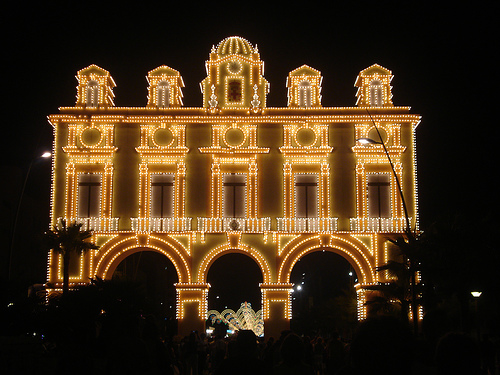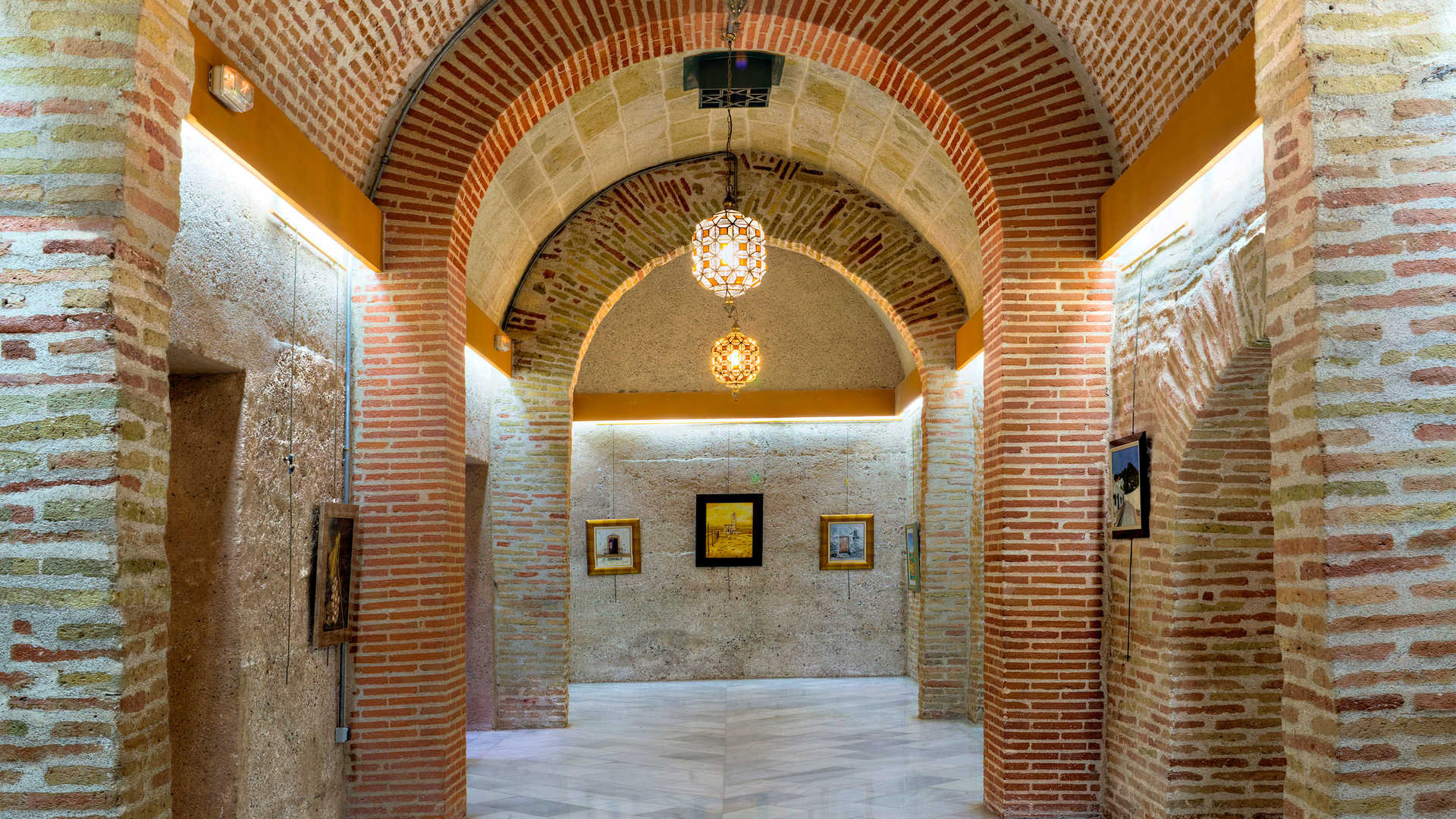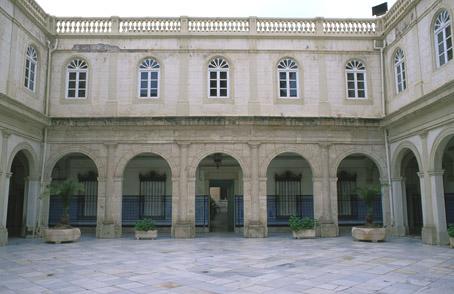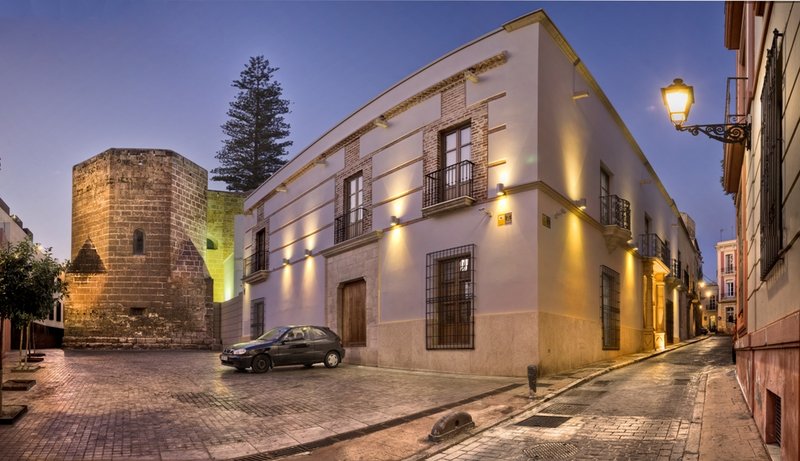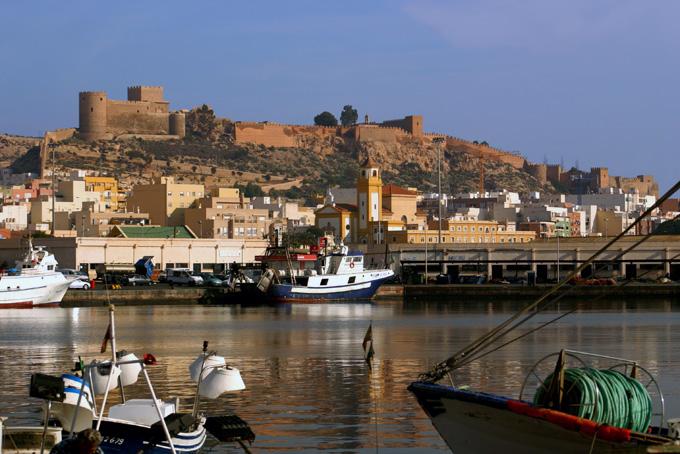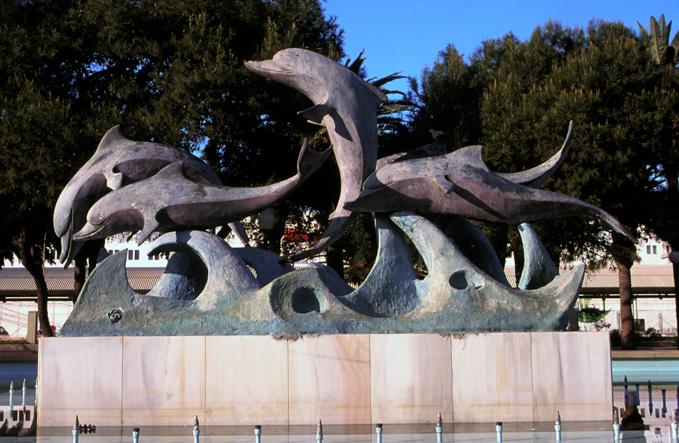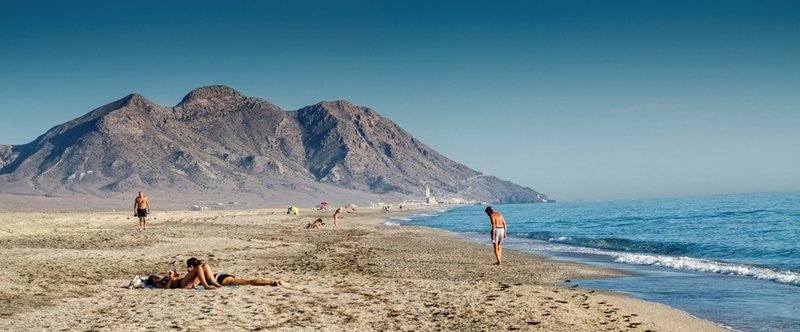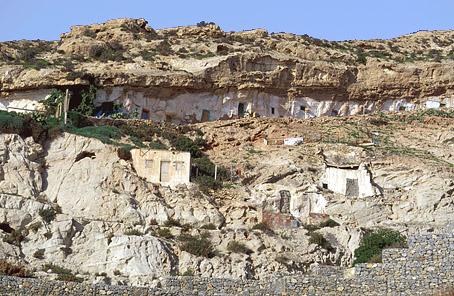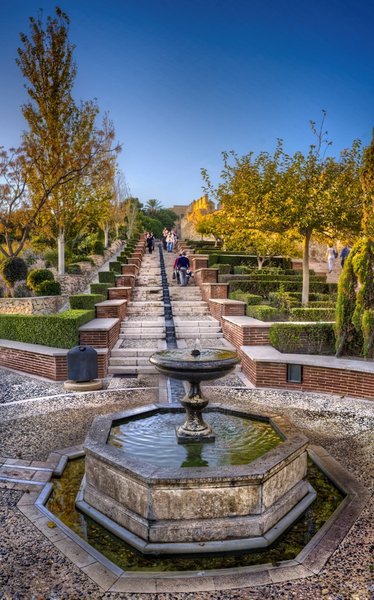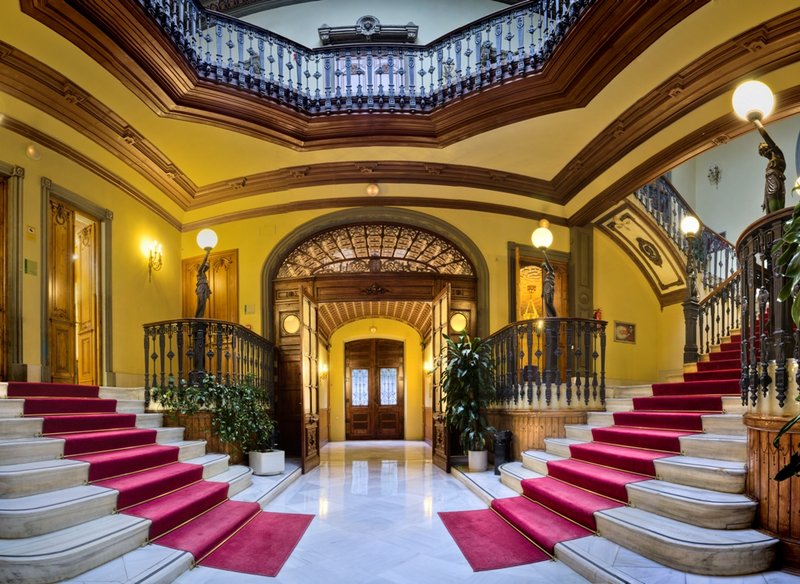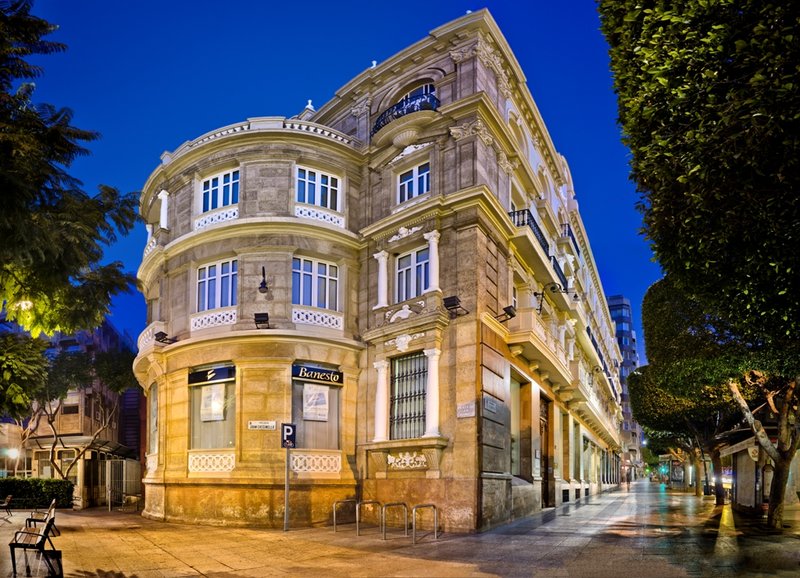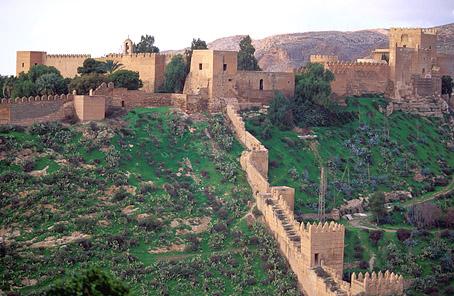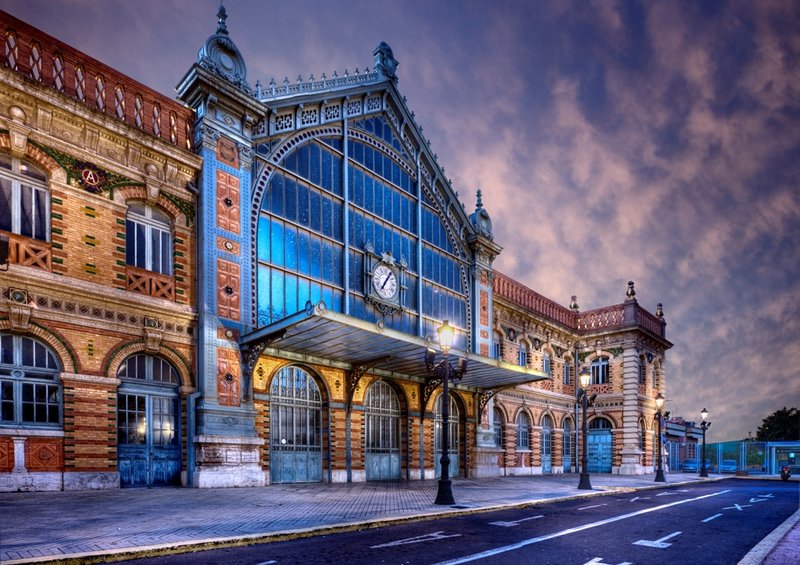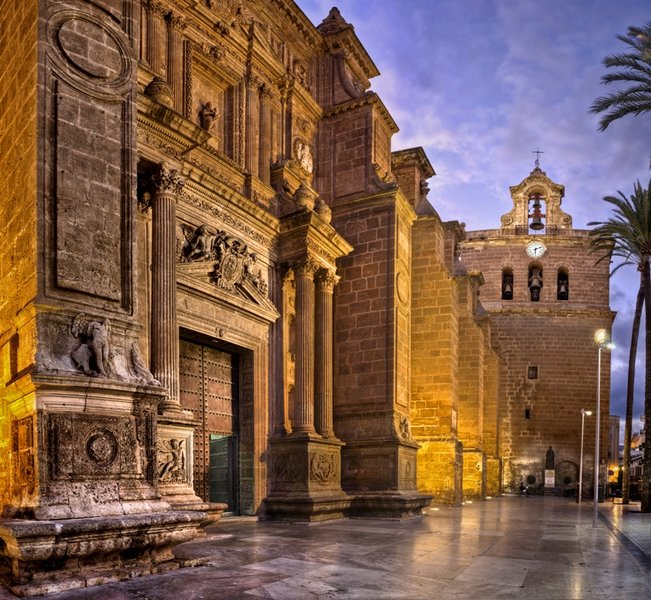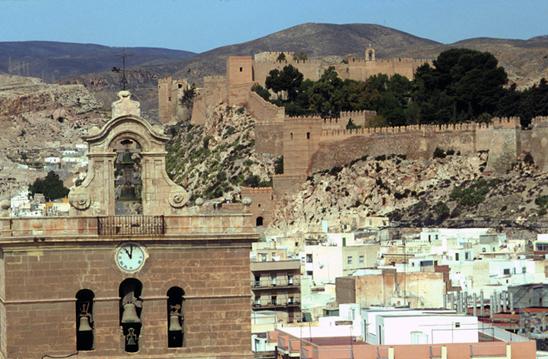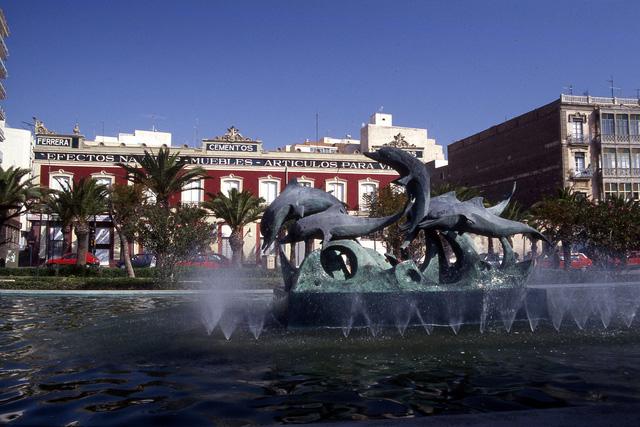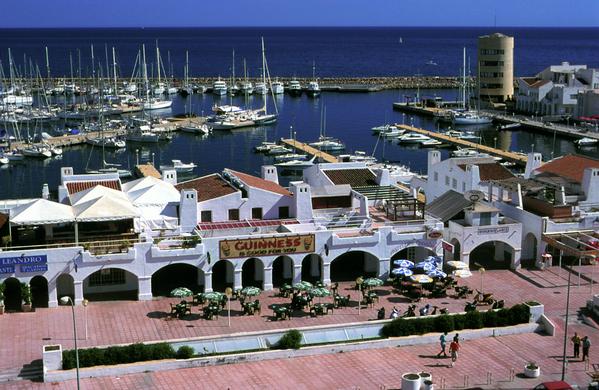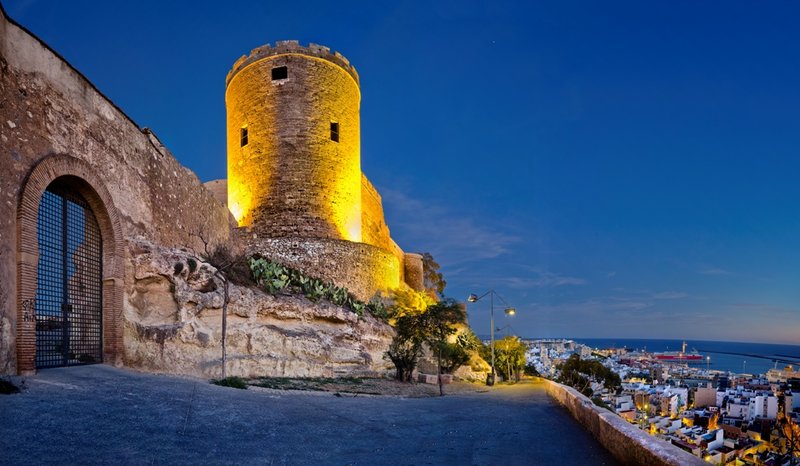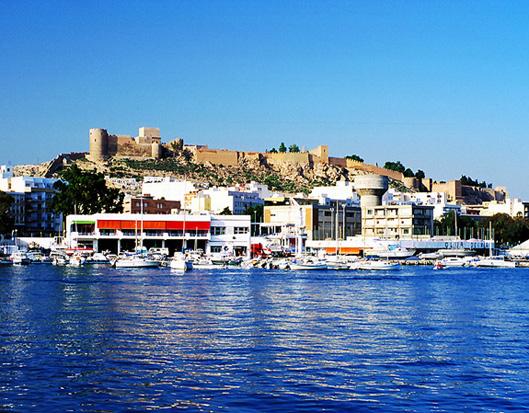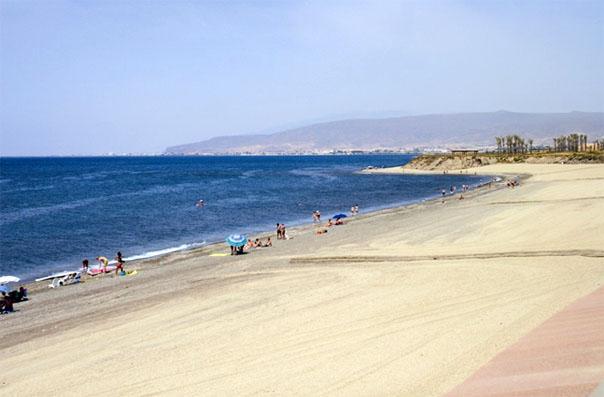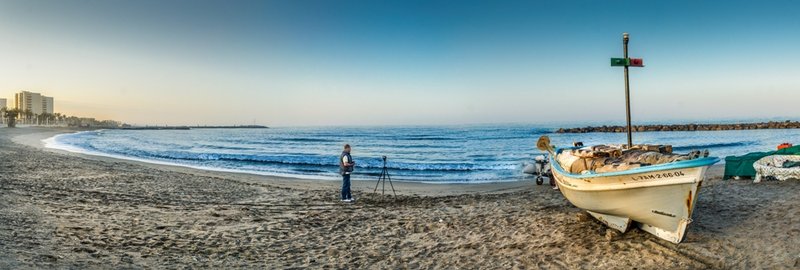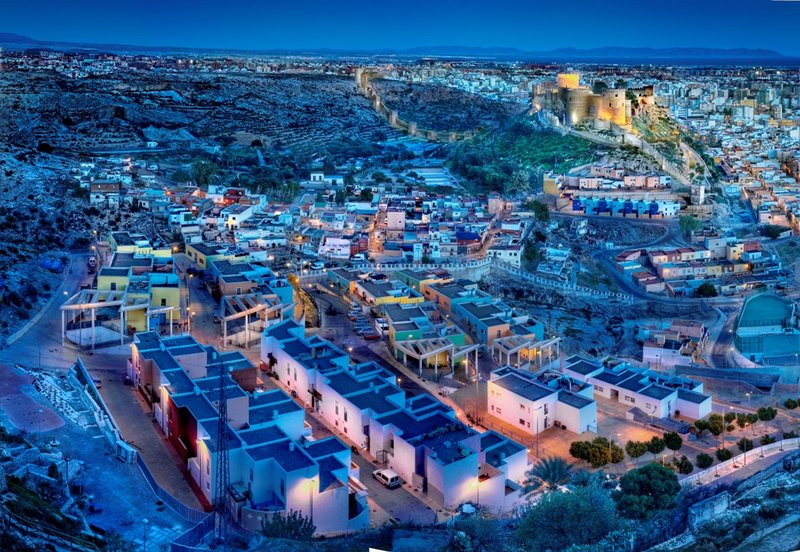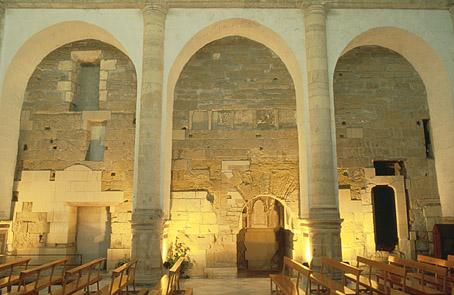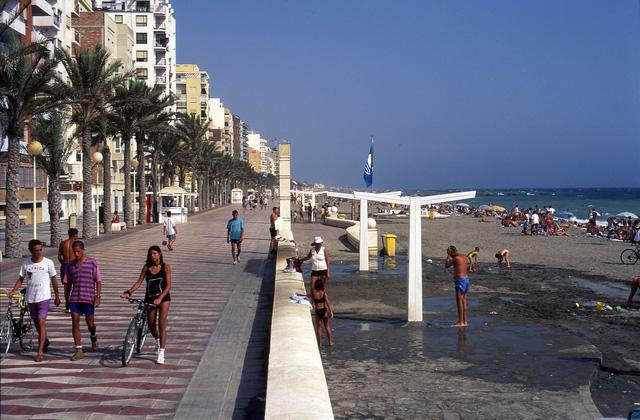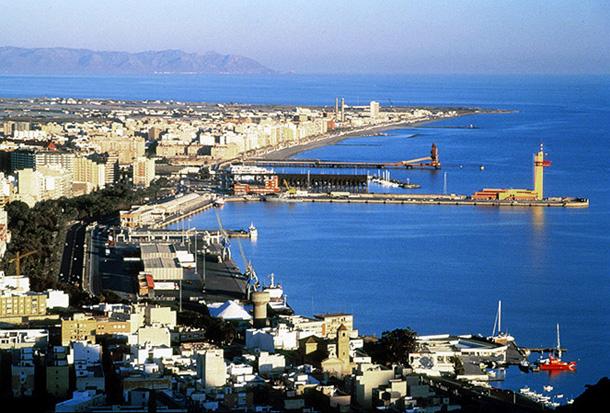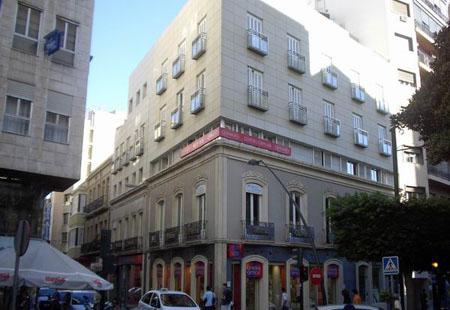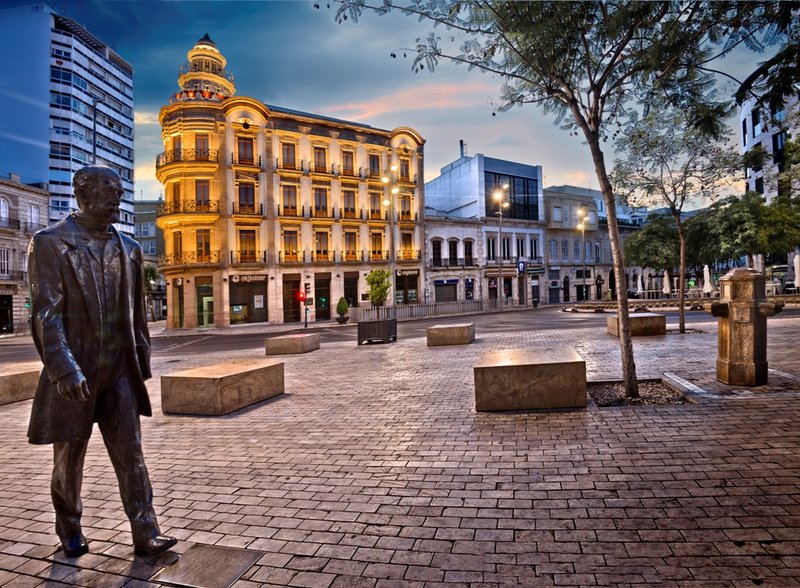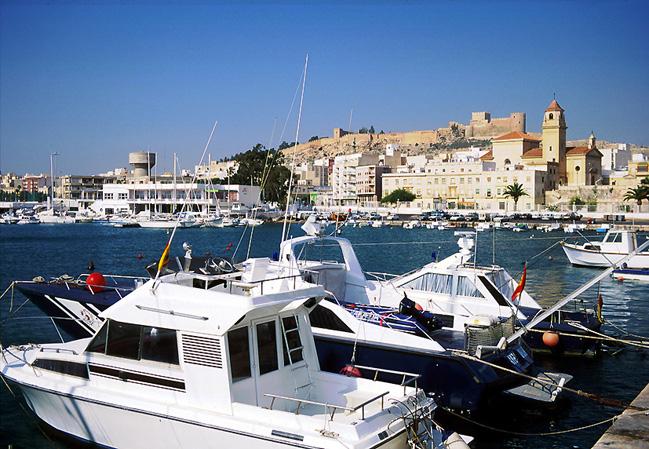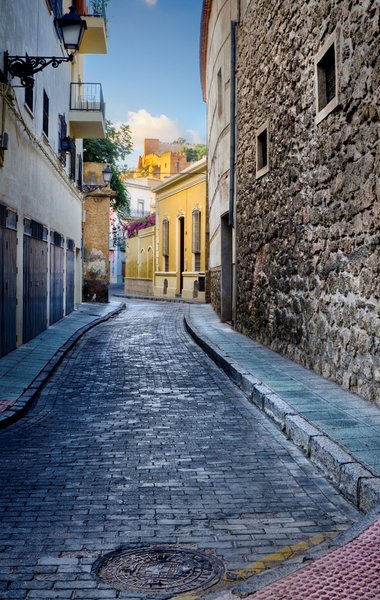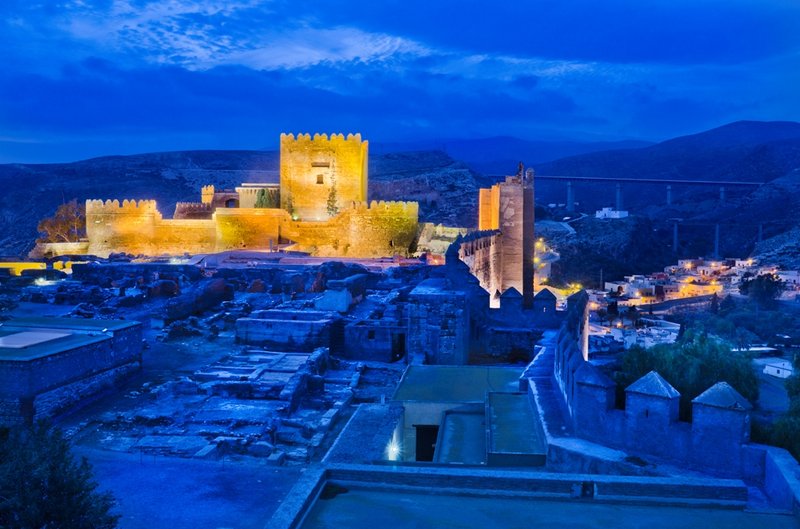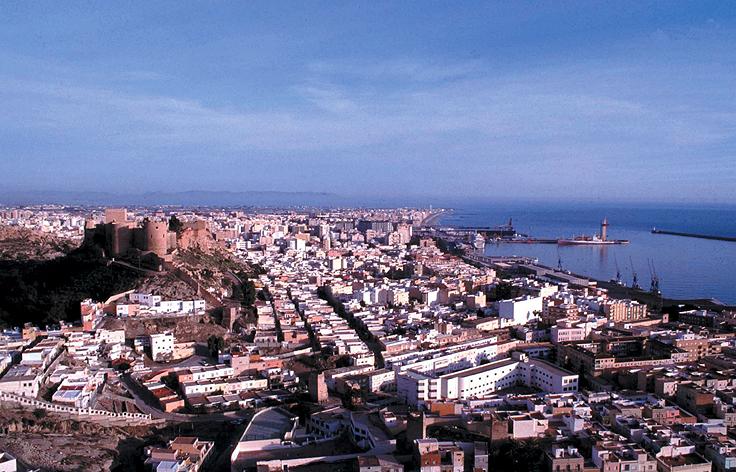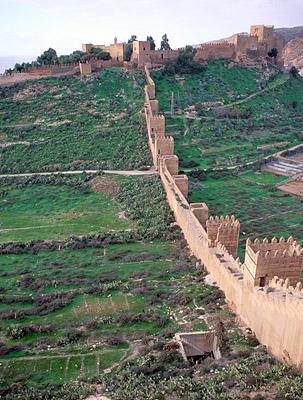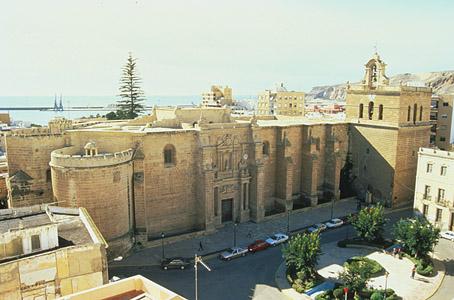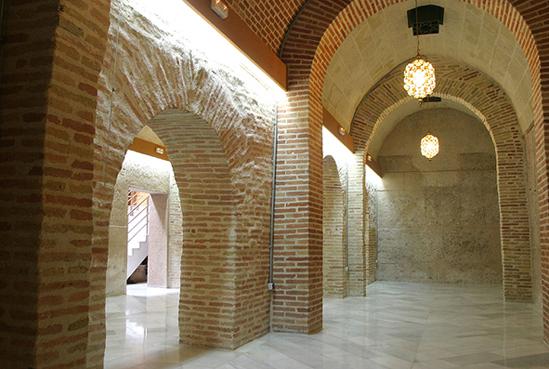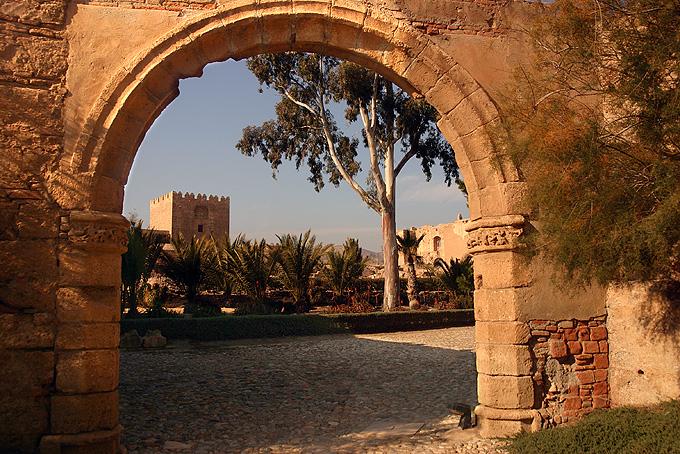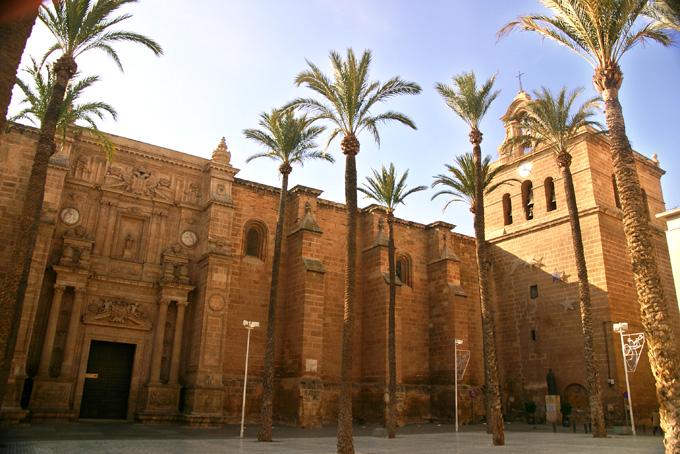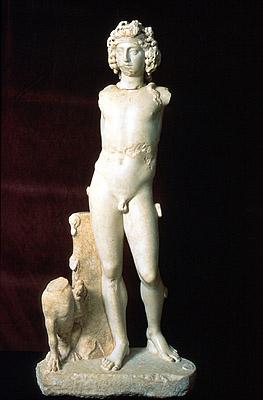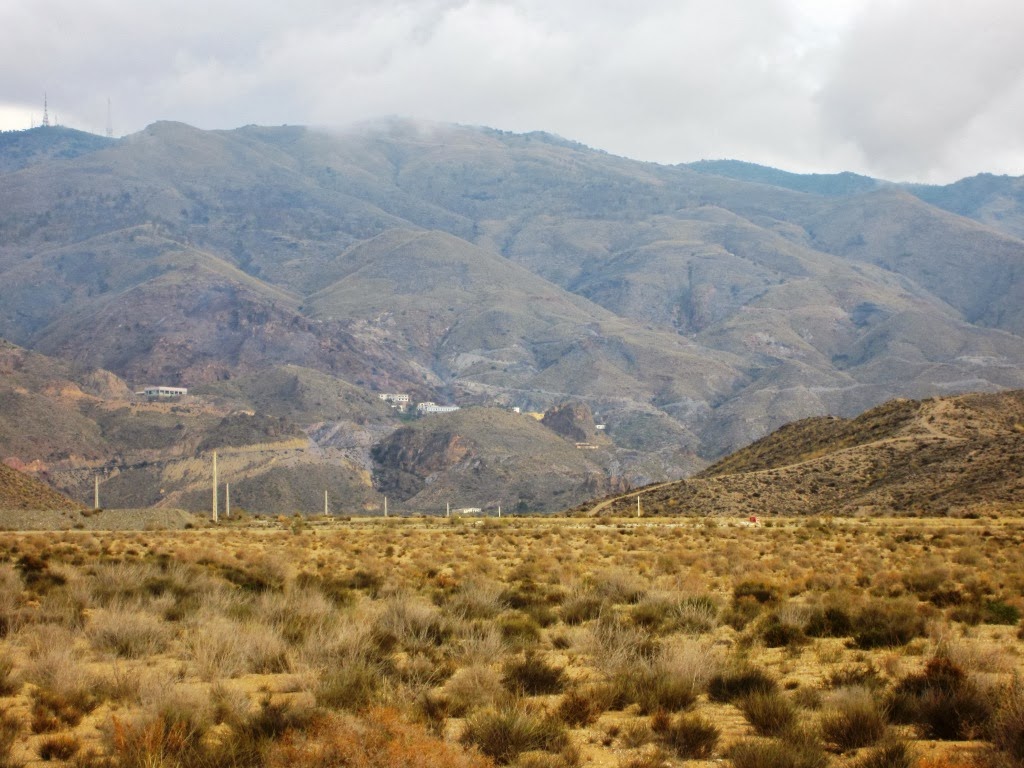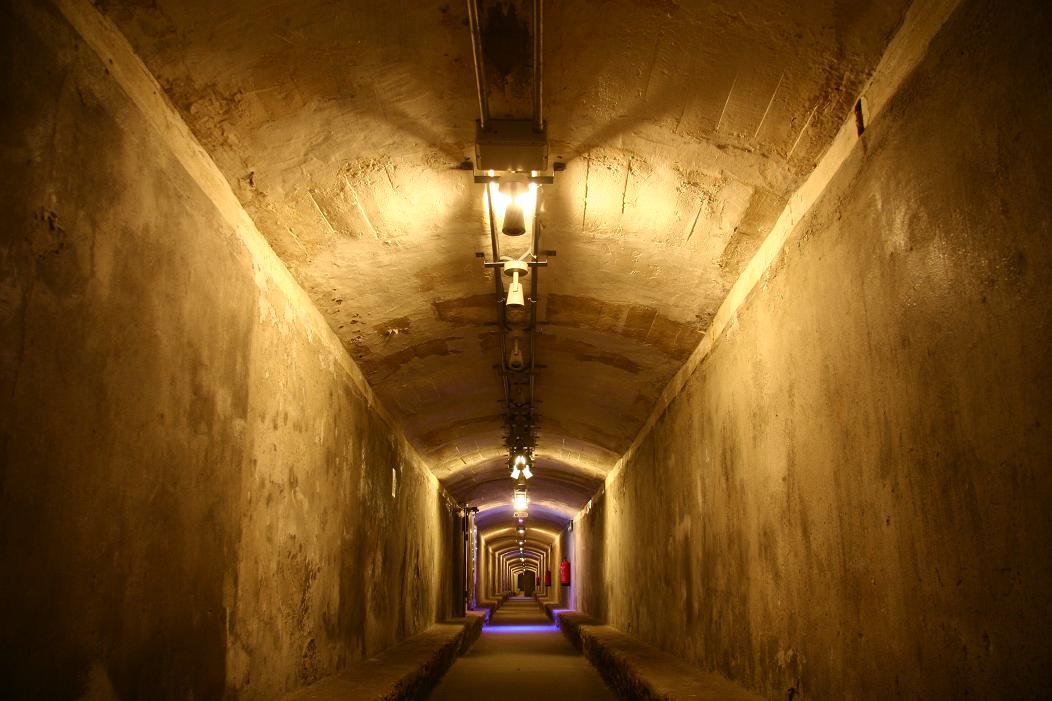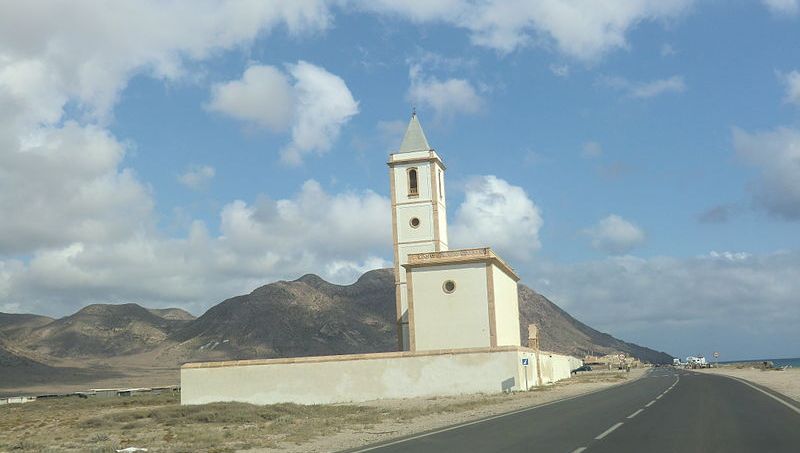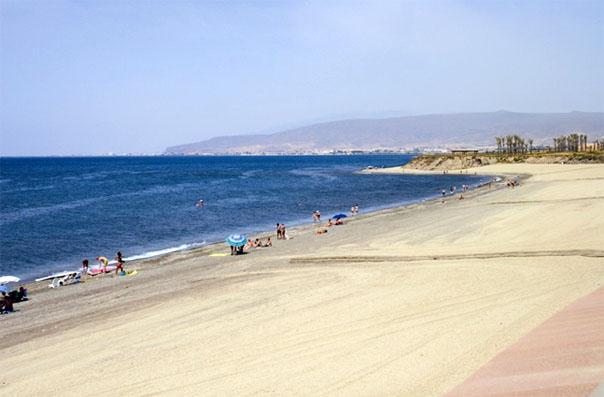Almería
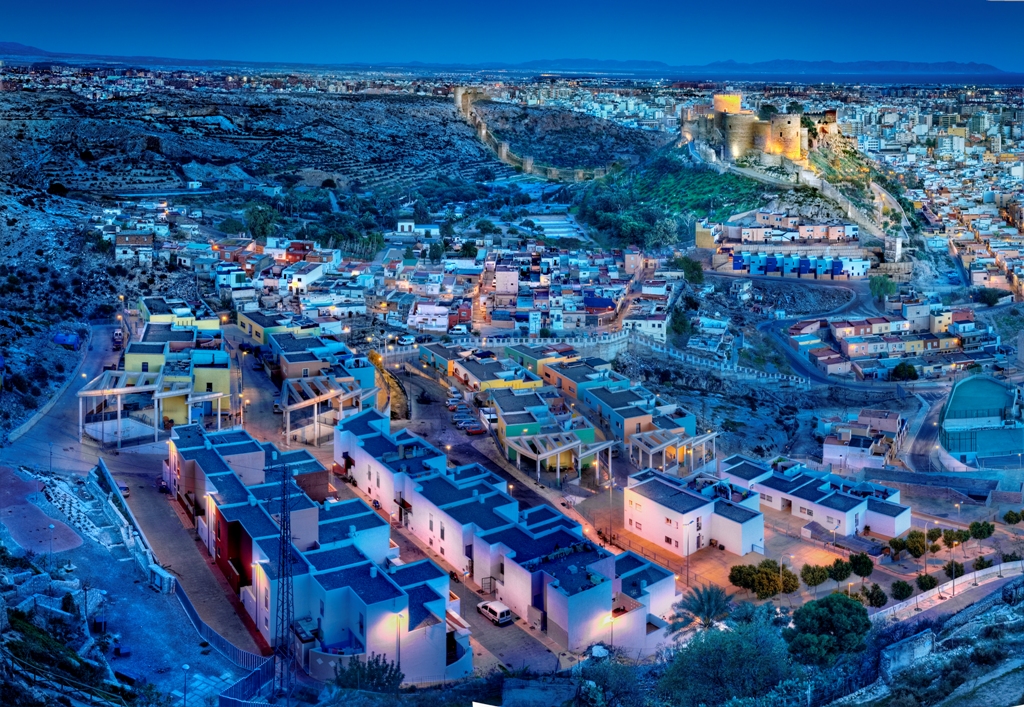
Situated on the bay of the same name Almeria is a luminous city, whose origins go back a long way into the past. Presided over by its impressive castle, uneven in appearance, from its battlemented parapets there is an extraordinary panoramic view of the city and the port. At the feet of the castle is the most typical district: La Chanca with its colourful and picturesque houses.
Almeria is a city that faces the sea, and for this reason the port forms part of the city in its physiognomy and its daily life. Within the port, the mineral landing pier, known as "El Cable" is especially interesting.
In the centre, the Cathedral, built as a fortress to protect the city from pirate attacks, has an interesting interior.
Furthermore you can visit the Malecon Gardens (Jardines del Malecón), the district of Muelle de Saint Pedro, Puerta de Purchena square, the old Square (Plaza Vieja) or the Virgin of the Sea Square (Plaza de la Virgen del Mar).
Almeria also has good beaches for enjoying the sun and part of its area is included in the Natural Beauty Spot Sierra de Alhamilla Natural Beauty Spot, a place of great ecological and scenic interest due to its abundant vegetation (consisting of a well-preserved holm oak wood and replanted pine woods) and for its ornithological importance.
History
Although it has been inhabited since prehistoric times, the Millares and Argar cultures evolved and it was occupied by Phoenicians, Carthaginians and Romans. The current settlement of the town and its moment of greatest splendour both came about during the Al-Andalus period. Al-Mariya Bayyana, origins of the current town, was a maritime suburb of Pechina. It became the first Al-Andalus port and a naval base for the Caliphate of Cordoba in the times of Abderramán III.
With the downfall of the Caliphate of Cordoba it became the capital of one of the most important "taifa" kingdoms. Its textile industry had more than 10,000 textile mills in which the richest silks, velvets, damasks and brocades were made. In 1147 Alfonso VII siezed and destroyed the town as it represented his greatest competition in the commerce of the Mediterranean. It returned thereafter to Moslem hands. Jaime II of Aragon tried to take the town again in 1309. The definitive conquest was carried out in 1489 by the Catholic Monarchs.
In the XVI century, it suffered a series of earthquakes in 1512, 1522 and 1550, as well as continued attacks from Berber pirates who occupied the castle.
In the XIX century it continued to belong to the kingdom of Granada until the year 1833 when Spain was reorganized into provinces. Almeria became the capital of the province of the same name.
Foreign working of its mines gave Almeria a considerable push but this was curbed with the withdrawal of the operating company at the first signs of trouble with the commercialization of its products.
Nowadays, (its economy is based on tourism and greenhouse crops) it is the winter orchard of Europe. Also in recent years, there has been an increase in the demand and quality of craftwork products.
Eminent citizens
Francisco Villaespesa.
Ginés Parra.
Jesús de Perceval.

- Max 16
- Min 11
- Max 60
- Min 51
- °C
- °F
What territory do you want to visit?
Events
